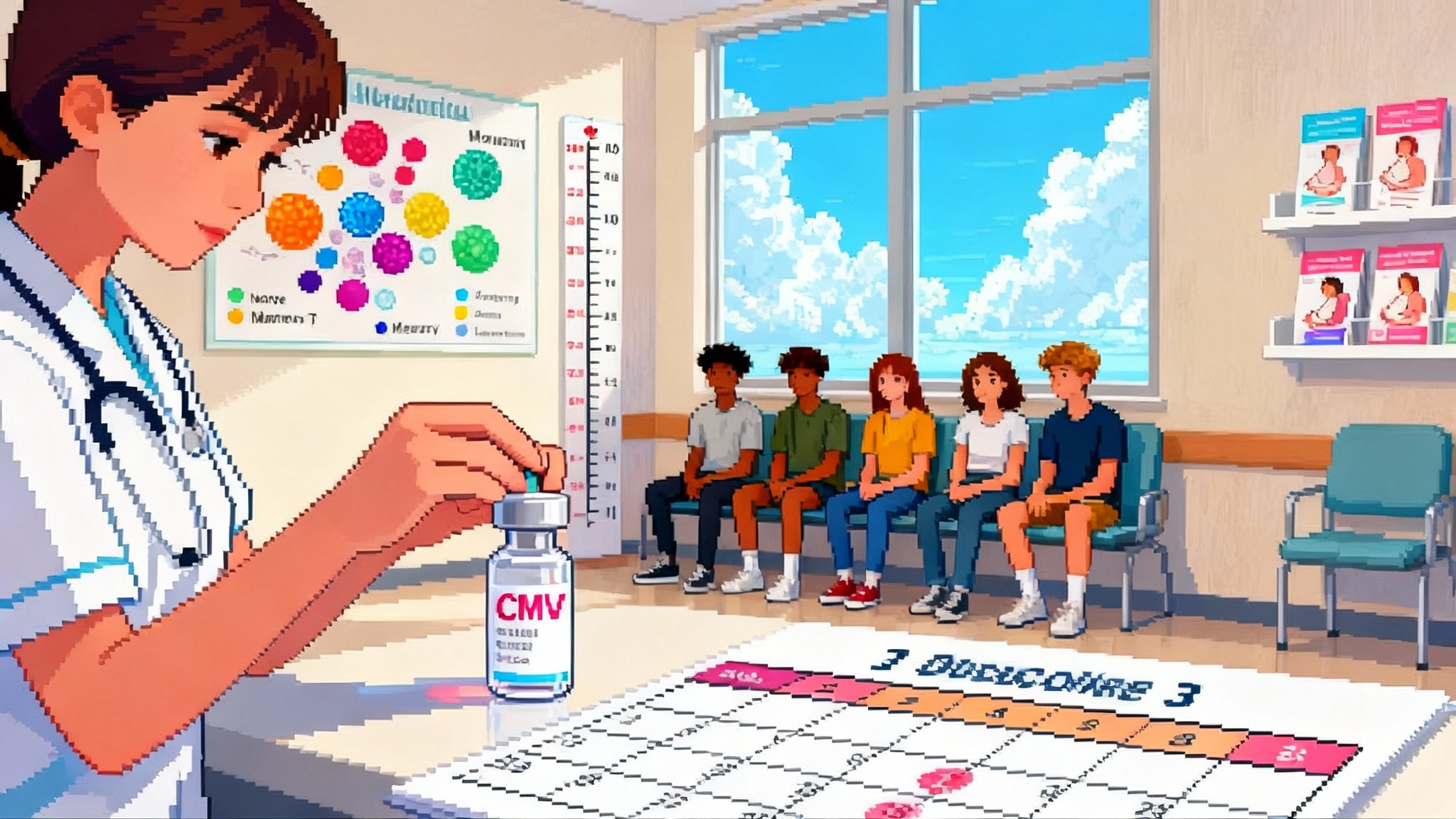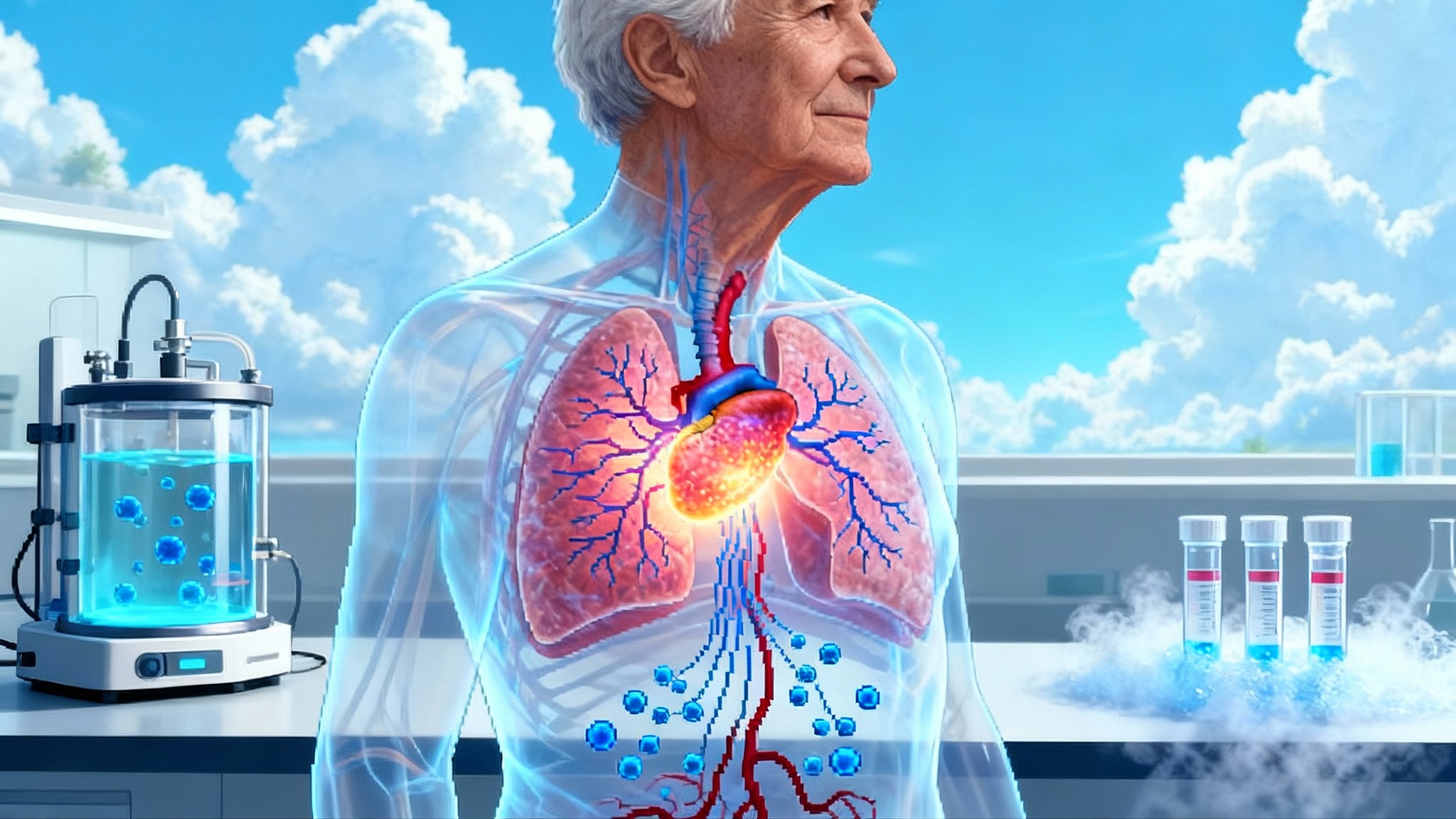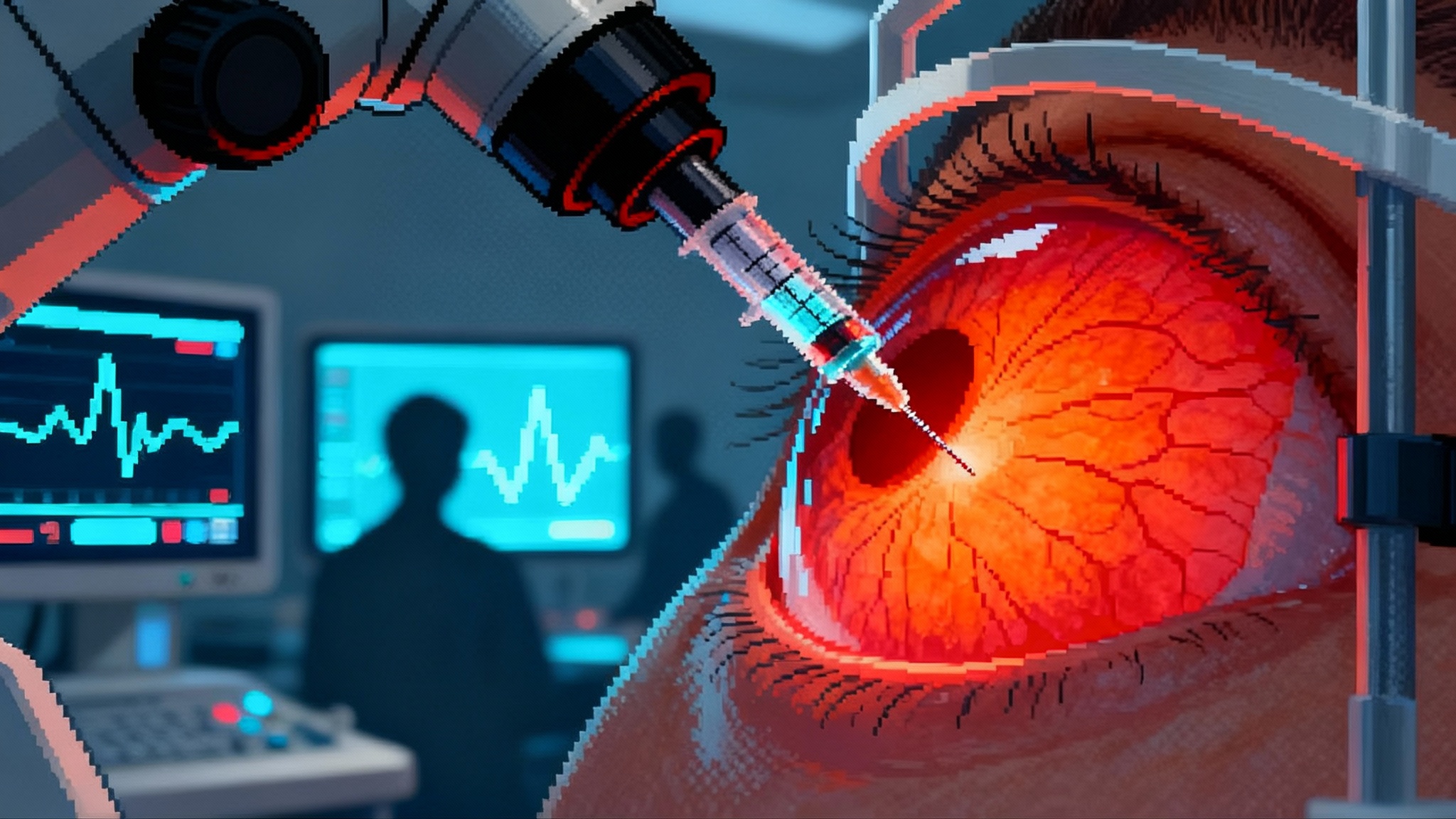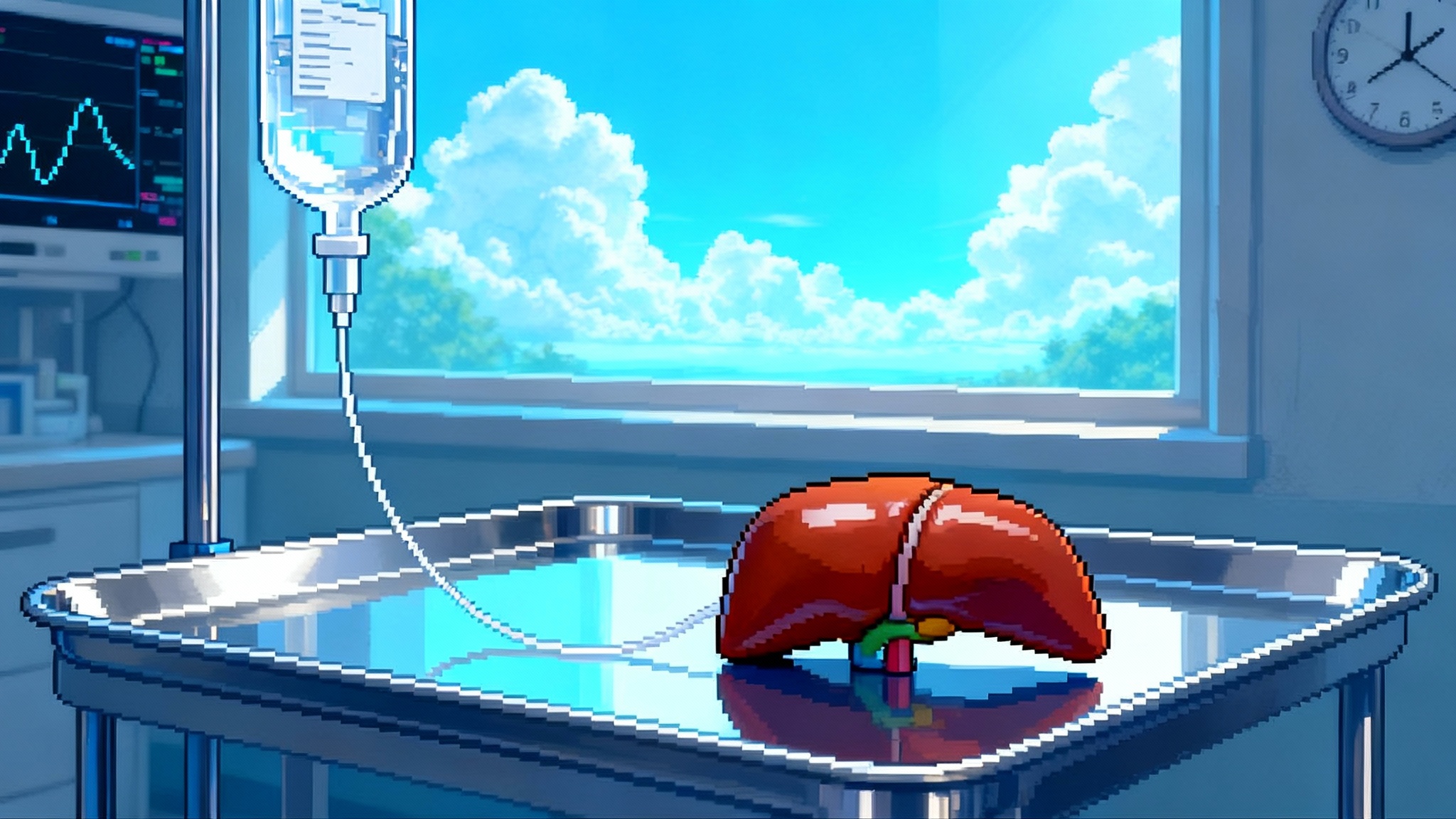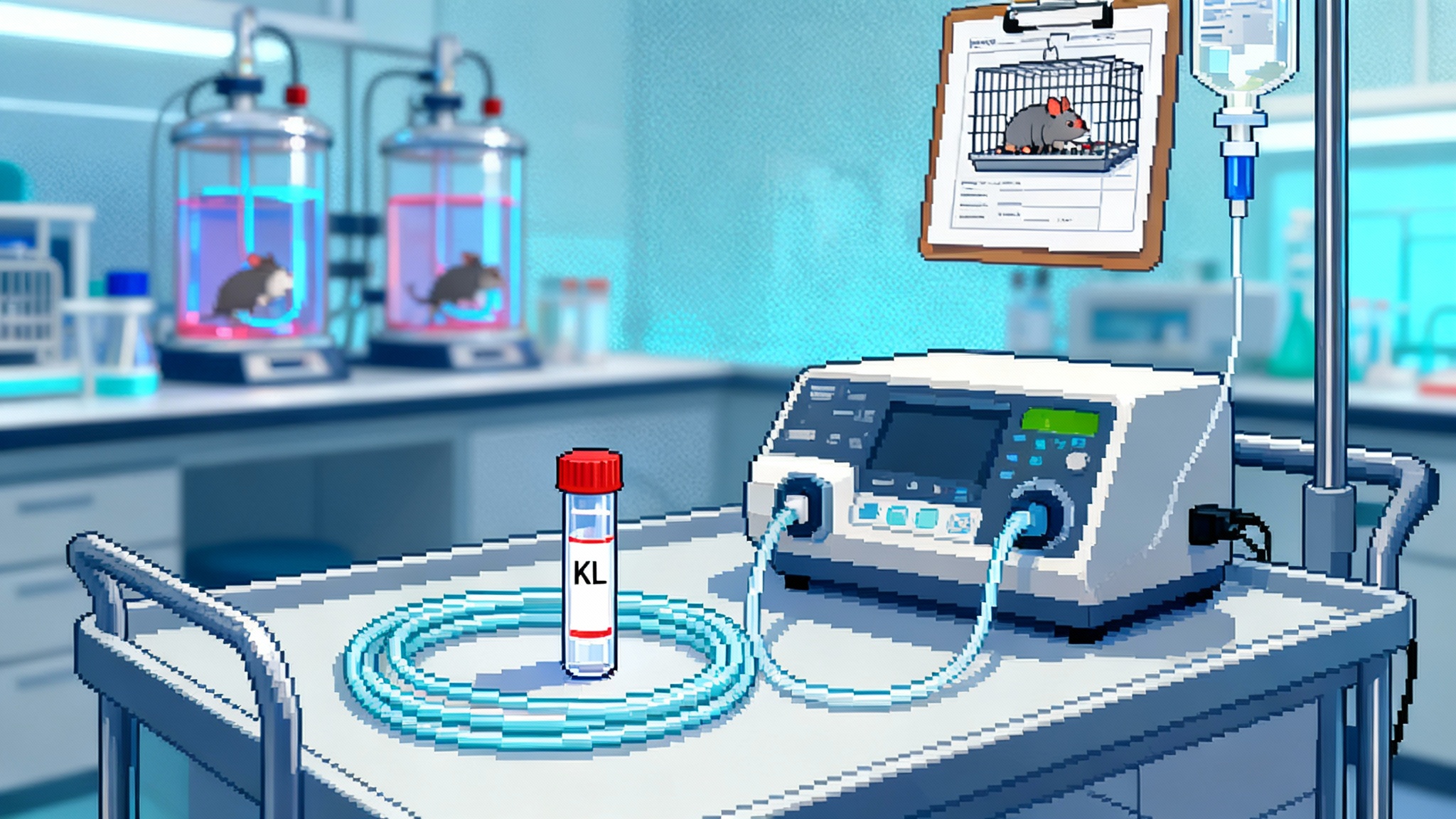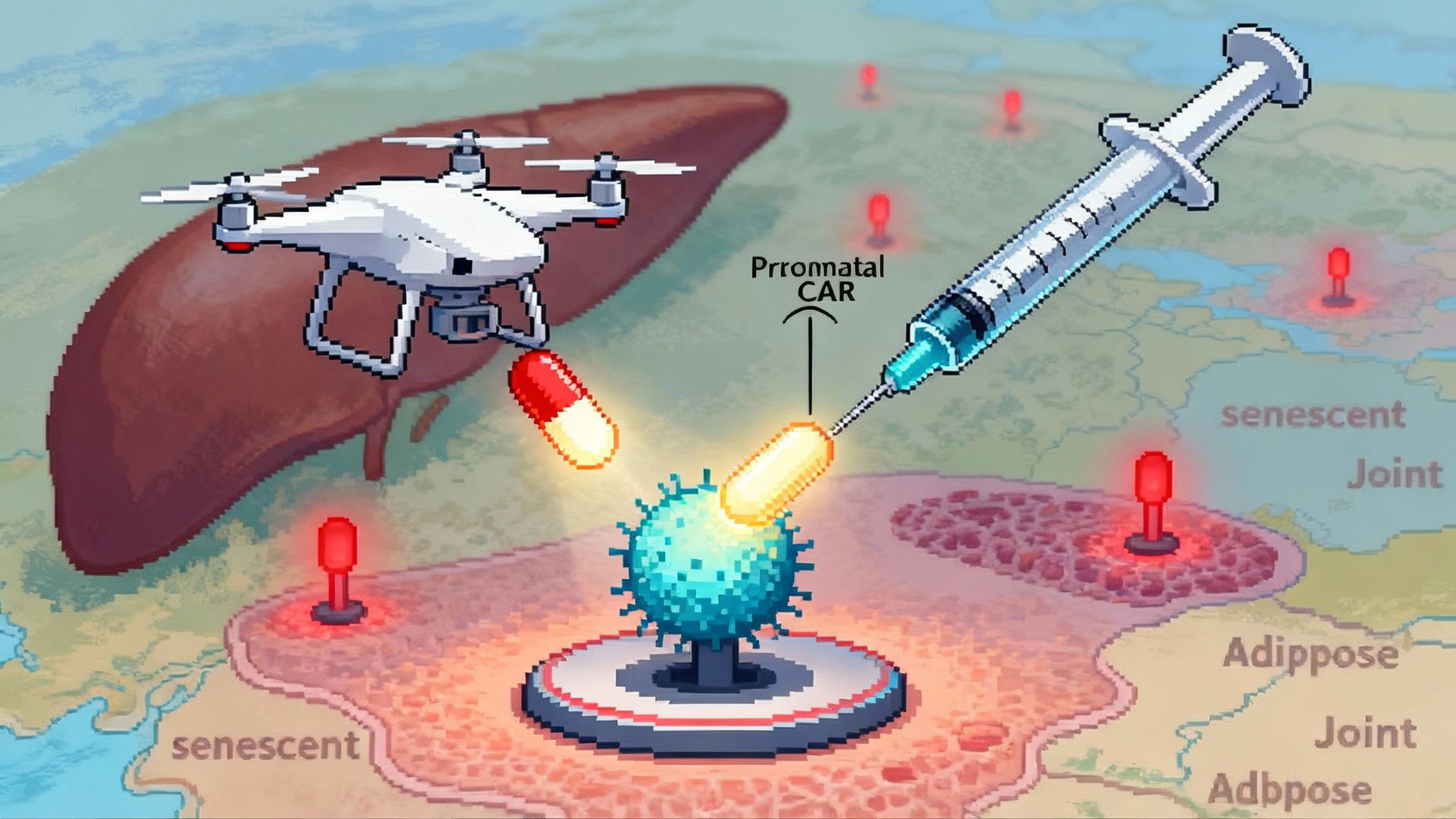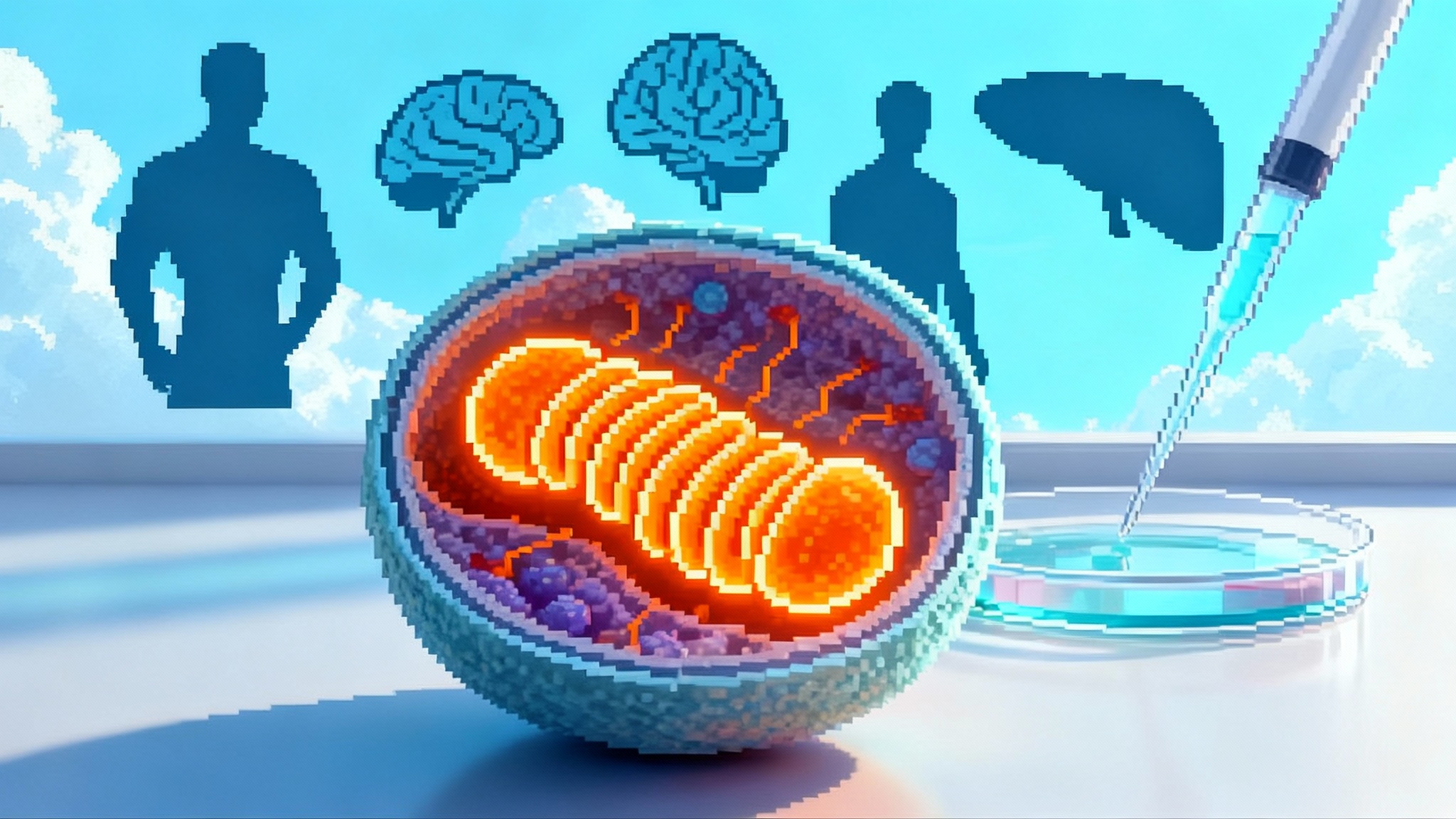Three-parent IVF ignites a new era in mitochondria medicine
Peer-reviewed results from Newcastle University’s mitochondrial donation program show eight births with minimal mutant mtDNA after pronuclear transfer. Here is how this 2025 proof point reframes adult mitochondria therapies and policy.
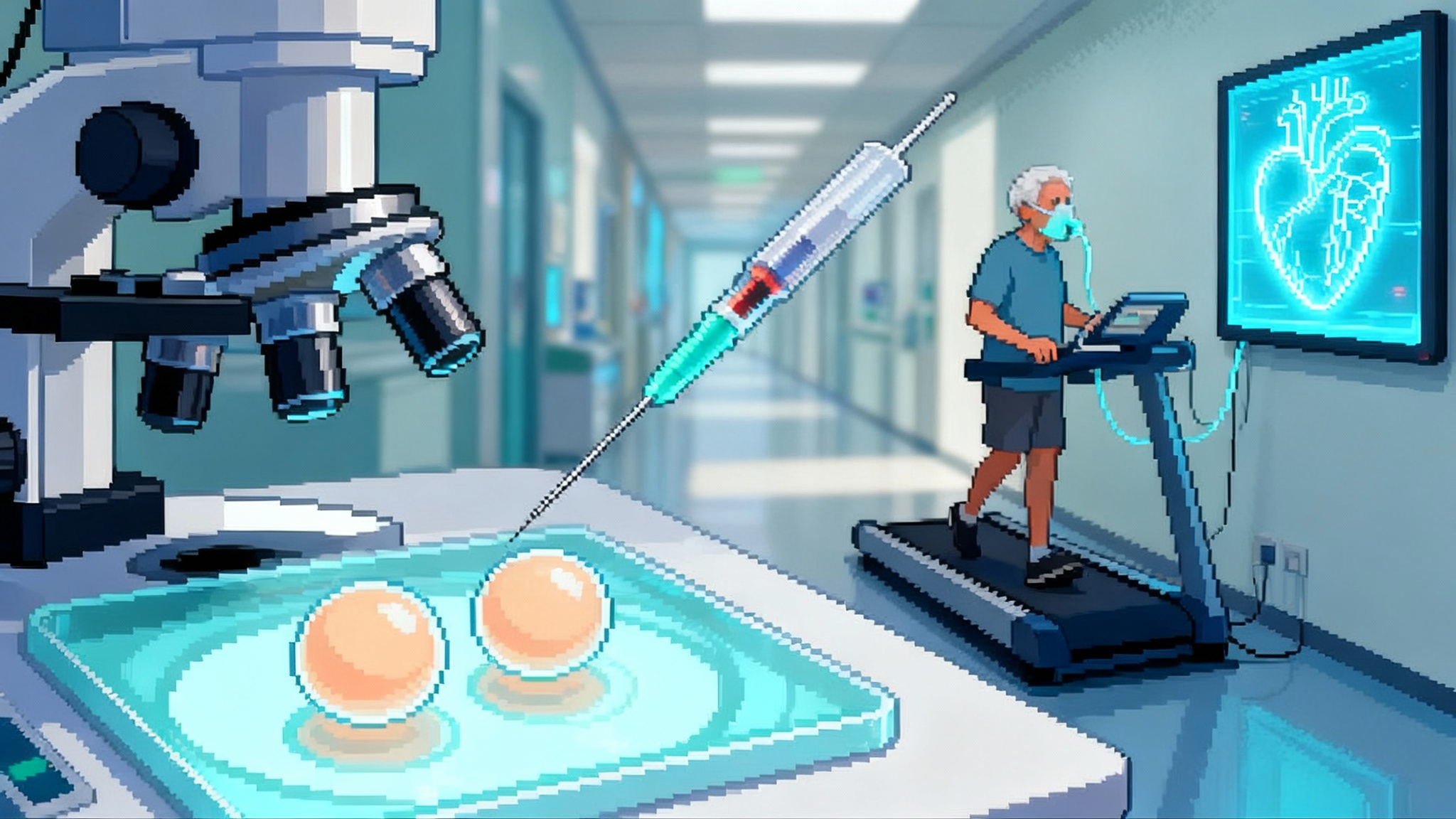
The summer 2025 proof point
In July 2025, the first peer-reviewed clinical reports landed from Newcastle University’s long-running program in mitochondrial donation. Eight children have now been born in the United Kingdom after pronuclear transfer, with normal development so far and either undetectable or very low carryover of the mother’s pathogenic mitochondrial DNA. The results were detailed in New England Journal of Medicine papers, the clinical moment many researchers have waited a decade to see. For longevity science, that moment matters because it shows in humans, in a tightly regulated setting, that replacing faulty mitochondria can be safe enough to help families today and credible enough to expand tomorrow. See the underlying data in the NEJM clinical reports.
What exactly happened in the clinic? In pronuclear transfer, embryologists fertilize two eggs, one from the mother and one from a donor with healthy mitochondria. They move the parents’ nuclear DNA from the mother’s fertilized egg into the donor’s fertilized egg whose nucleus has been removed. That embryo now carries the parents’ nuclear genes and the donor’s mitochondria. The United Kingdom’s regulators authorized this pathway for a small number of high-risk families under the Human Fertilisation and Embryology Authority’s oversight. The early readout is simple and powerful: eight births, normal development, and mitochondrial mutation levels that are undetectable in most children and very low in the rest.
There is nuance. A small amount of maternal mitochondria can hitch a ride during the transfer, a phenomenon called carryover. The Newcastle team reported low but measurable carryover in some children. That is not a failure of principle. It is a practical engineering constraint that scientists are already trying to shrink through better micromanipulation and workflow steps. The key point is that the children’s mutation levels are far below thresholds associated with disease.
Why a germline breakthrough matters for adult longevity
Germline and somatic therapies are not the same. One acts before life begins, the other treats patients who already have organs, immune systems, and decades of metabolic history. Yet the 2025 result changes the conversation about mitochondria medicine for adults in three concrete ways:
- It validates replacement as a therapeutic concept. For years, the field has juggled antioxidants, cofactors, and signaling tweaks. Pronuclear transfer is a direct swap. That success encourages adult strategies that either edit, supplement, or replace damaged mitochondria.
- It demonstrates a workable regulatory model. The Human Fertilisation and Embryology Authority created case-by-case review with long-term follow-up. Adult programs can borrow the same discipline: narrow eligibility, transparent data release, and registries that follow patients for years, echoing our call for testable human biology.
- It strengthens the case for investment. Families, clinicians, payers, and policymakers now have a living example that mitochondria-centric medicine is not just theory. That reduces perceived risk for near-term adult trials.
The near-term pipeline for somatic mitochondria therapies
Think of mitochondria medicine in three lanes. All three have credible shots on goal in the next 12 to 24 months.
1) Mitochondrial gene editors: DdCBE and mito-prime editing
- What they are: Protein-only editors built on programmable TALE proteins fused to deaminases can rewrite mitochondrial DNA without guide RNA import. The best known are DdCBE systems for C-to-T edits. Research groups are also pushing toward mitochondrial prime editing concepts that aim to expand the range of precise changes.
- Why they matter: Many primary mitochondrial diseases come from single-letter errors in mitochondrial DNA. A precise fix that shifts heteroplasmy toward healthy variants could rescue energy production in heart, muscle, or brain cells.
- What is hard: Delivery and specificity. The most compelling in vivo work in 2025 showed both potency and off-target edits at higher doses in mice. That sets the engineering agenda: safer editor variants, transient delivery formats such as circular RNA or messenger RNA, and tissue-targeted carriers that concentrate payloads in heart and muscle while sparing other organs.
- What to watch next 12–24 months: large-animal studies that quantify off-target edits at clinically relevant doses; nonviral delivery readouts to heart and skeletal muscle; and pre-IND interactions focused on toxicology packages and biodistribution standards for protein-only editors, with parallels as LDL editing goes mainstream.
2) Allotopic expression: moving mitochondrial genes to the nucleus
- What it is: Encode a mitochondrial gene in the nucleus, attach a targeting sequence, and let the cell’s protein import machinery pull the finished protein into mitochondria. This approach sidesteps the editing problem entirely.
- Where it stands: For Leber hereditary optic neuropathy, GenSight’s lenadogene nolparvovec (also known as LUMEVOQ) delivers an ND4 gene by adeno-associated virus into retinal ganglion cells. Long-term follow-ups have suggested sustained visual improvements in subsets of patients, although the product has not secured full approval. In mid-2025 the company mapped a route to early access in France and outlined plans for a new global Phase 3. The broader eye field is moving quickly, as seen in eye to brain reprogramming.
- What to watch next 12–24 months: the start of a French early-access program dependent on a dose-ranging study, clarity on a 2026 Phase 3 start, and whether other groups extend allotopic designs beyond the eye to tissues central to aging such as heart and skeletal muscle. Two proof points would move the field: a repeatable manufacturing process for targeting-sequence fusion proteins, and functional gains in a non-ocular tissue.
3) Targeted mitochondrial transfer: adding healthy organelles
- What it is: Isolate functional mitochondria and deliver them to compromised tissue or cells. There are two main flavors. First, direct organelle transfer into tissues that suffered ischemia-reperfusion injury, explored by surgeons in pediatric hearts and by start-ups working toward first-in-human studies in organ transplantation. Second, augment a patient’s own stem cells with healthy mitochondria ex vivo, then reinfuse them.
- Where it stands: Pediatric cardiac teams have reported improved recovery markers when autologous mitochondria were injected into ischemic myocardium during surgery. On the cell-therapy side, Minovia’s mitochondrial augmentation technology loads healthy mitochondria into autologous hematopoietic stem cells and is now in a Phase 2 program for Pearson syndrome, with early safety and signs on growth and function. Companies like cellvie are building good manufacturing practice pipelines to bring off-the-shelf mitochondria to ischemia-reperfusion settings such as kidney transplantation.
- What to watch next 12–24 months: an initial clinical readout from mitochondrial augmentation in additional deletion syndromes or marrow disorders, a first adult pilot in solid-organ transplantation, and the standardization of quality controls that measure mitochondrial integrity, membrane potential, and batch potency before dosing.
The policy map: UK and Australia’s green lights vs United States constraints
- United Kingdom: The system that enabled Newcastle’s program pairs narrow eligibility with transparent oversight under the Human Fertilisation and Embryology Authority. As of mid-2025, scores of patient approvals had been issued and the first babies are now under long-term follow-up. Expect the regulator to keep approvals case-based and to publish periodic summaries of outcomes as the cohort grows.
- Australia: Parliament passed Maeve’s Law in 2022 and the National Health and Medical Research Council established a licensing scheme that begins with preclinical and training licenses and advances to a clinical trial license. The Monash-led mitoHOPE program is preparing a first-in-country clinical study, with regulators signaling mid-2026 as a realistic target for trial start if training and licensing milestones are met. Review the framework at Australia’s licensing scheme.
- United States: Mitochondrial donation in reproduction remains blocked by a recurring congressional appropriations rider that prevents the Food and Drug Administration from even reviewing applications that would create heritable genetic changes. That policy has been renewed year after year since 2015. The practical implication is a split landscape. Germline replacement is off the table in the United States. Somatic mitochondria therapies for adults are fully in play. That is why mitochondrial augmentation and organelle-transfer programs are advancing through standard investigational new drug paths, while germline work will remain abroad unless Congress changes course.
How to measure success in adults: credible endpoints that matter
Mitochondria sit at the center of cellular energy. The right endpoints should capture energy production and how patients feel and function. Here is a practical menu to design around.
-
Cardiac function and heart failure
- Peak oxygen uptake on cardiopulmonary exercise testing. A 1.0 to 1.5 milliliters per kilogram per minute gain in peak oxygen uptake can be clinically meaningful in heart failure with reduced ejection fraction.
- Six-minute walk distance and Kansas City Cardiomyopathy Questionnaire for patient-reported function and symptoms.
- N-terminal pro-B-type natriuretic peptide, left ventricular ejection fraction, and strain imaging for objective cardiac remodeling.
- Heart failure hospitalizations over 90 to 180 days for hard outcomes in small pilots, with time-to-event powered in later phases.
-
Skeletal muscle and frailty
- Short Physical Performance Battery and gait speed over 4 meters. A 0.1 meter per second change in gait speed is often meaningful.
- Handgrip strength, chair-stand time, and maximal voluntary contraction for strength.
- Peak oxygen uptake or cycle ergometer time-to-exhaustion for endurance.
- Phosphocreatine recovery by 31-phosphorus magnetic resonance spectroscopy as a direct bioenergetic readout in substudies.
-
Brain and fatigue
- Montreal Cognitive Assessment for global cognition, supplemented by Trail Making Tests A and B for executive function.
- Multidimensional Fatigue Inventory and patient activity monitoring for real-world energy levels.
-
Cross-cutting safety and mechanism
- Immunogenicity panels if allogeneic mitochondria are used, including anti-mitochondrial antibodies and cytokine profiling.
- Tissue-targeted biomarkers such as creatine kinase for muscle and troponin for heart in early windows.
Design principle: pair a functional endpoint patients can feel with at least one mechanistic or imaging endpoint that reads on mitochondrial biology. That combination makes signals more believable to regulators and payers.
A 12–24 month watchlist for trials and policy
- Q4 2025 to Q2 2026: United Kingdom clinics publish the next mitochondrial donation outcomes update, including developmental follow-up and any additional births approved under case review.
- 1H 2026: Australia issues final training and trial licenses for mitoHOPE if preclinical and embryologist training benchmarks are met; first patient could be enrolled in 2H 2026.
- 2025–2026: Mitochondrial augmentation therapy expands pediatric enrollment and reports 12-month functional outcomes in Pearson syndrome, with additional deletion syndromes considered for small pilot cohorts.
- 2026: First adult organ-targeted mitochondrial transfer pilot in transplantation or cardiac surgery opens, measuring early safety, tissue bioenergetics, and 90-day clinical recovery.
- 2026: GenSight executes a dose-ranging study toward French early access, while planning a global Phase 3 for ND4-Leber hereditary optic neuropathy.
- 2025–2027: Academic groups disclose large-animal data for next-generation mitochondrial editors with improved specificity and transient delivery; watch for pre-IND meetings focused on toxicology standards for protein-only editors.
- Annual: United States Congress renews or debates the Food and Drug Administration appropriations rider on heritable genetic modification; any hearing that reopens the question would be a significant signal even if policy remains unchanged.
Strategy for builders: how to act on this moment
- For researchers: design trials that connect mitochondria biology to felt function. If you test organelle transfer in sarcopenic older adults, pair mechanistic substudies like 31-phosphorus magnetic resonance spectroscopy with Short Physical Performance Battery and peak oxygen uptake. Predefine a responder threshold that matters in daily life.
- For companies: pick indications where mitochondria are rate-limiting and delivery is feasible. Early wins are most likely in tissues you can reach, like skeletal muscle, retina, and myocardium during surgery. Build batch-release assays that regulators can trust, including membrane potential, respiration rates, and contamination checks for organelle products.
- For regulators: copy the Human Fertilisation and Embryology Authority playbook. Restrict early access to high-risk patients, require public registries, and publish annual safety summaries. For editors, ask for standardized off-target panels and dose-response curves across species.
- For clinicians: recruit patients into registries now. Even outside trials, consistent measurement of gait speed, six-minute walk distance, and health-related quality of life will make your referrals more valuable when pilots open.
- For funders: prioritize platform-enabling tools. Investments in nonviral delivery to heart and muscle, organelle quality analytics, and imaging that reads on mitochondrial function will pay dividends across programs.
The bigger picture
Mitochondria sit at a peculiar intersection of genetics, bioenergetics, and identity. The summer 2025 births are not an argument to do everything. They are a clear, clinical signal that doing something well can work. The lesson for longevity is to be specific. When the problem is a small but devastating error in mitochondrial DNA, edit or replace it. When the problem is a tissue that has run out of energy, deliver working organelles or the proteins they need to recover. When the problem is measurement, choose endpoints that capture energy and function in the same patient.
We have spent decades testing supplements and signaling tweaks and hoping biology would budge. The new data invite a different posture. Replace what is broken. Measure what matters. Build guardrails that keep patients safe and the public informed. If we do that, the first eight children born healthy can be the beginning of a broader mitochondria medicine, one that helps aging hearts beat stronger, aging muscles move farther, and aging brains think more clearly. That would be a worthy echo of this year’s breakthrough.
